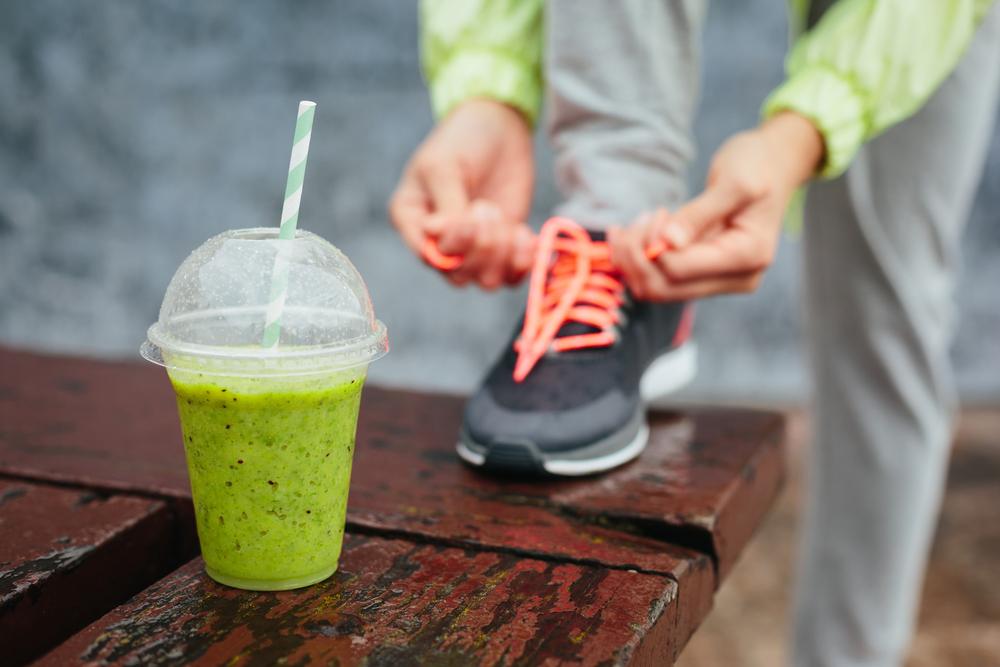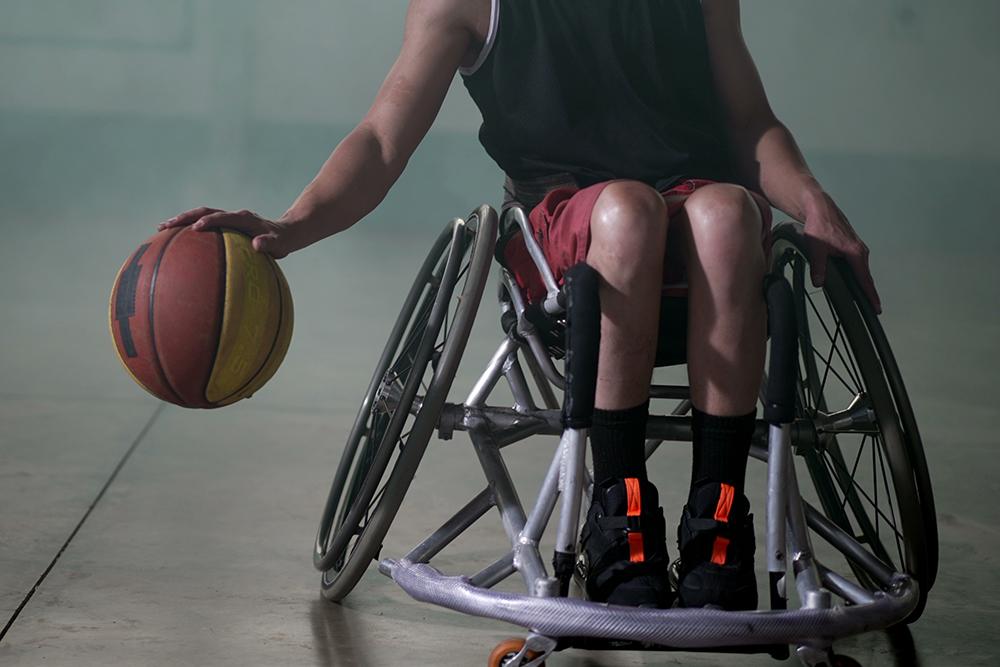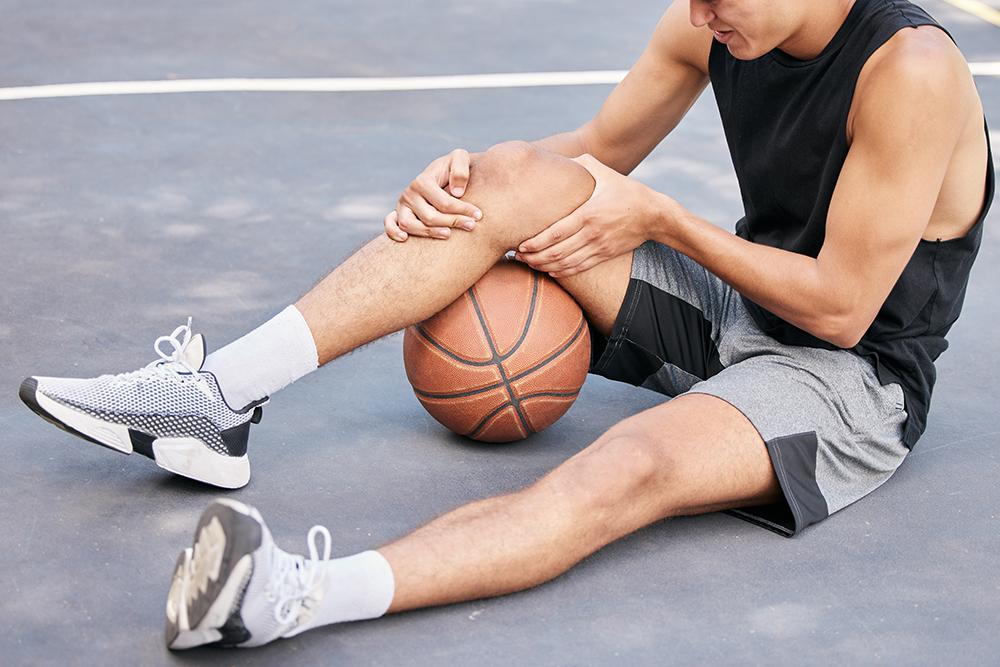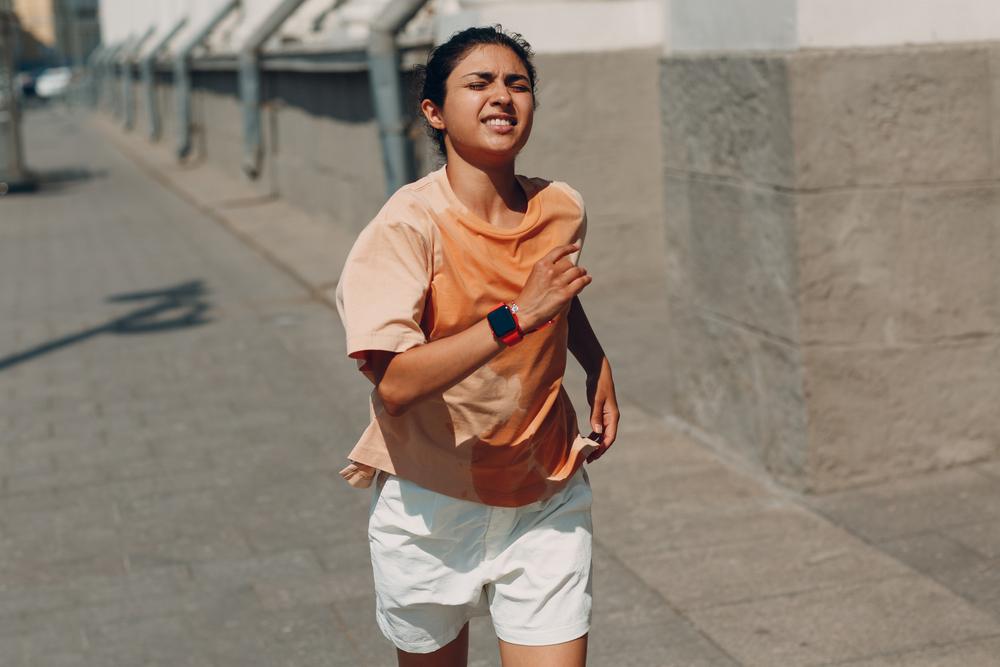 Once exercise ends, an athlete’s job isn’t finished just yet: preparing for the next game or practice begins with first properly recovering from the last one. Following good recovery techniques after exercising is vital to keeping an athlete feeling good and injury free.
Once exercise ends, an athlete’s job isn’t finished just yet: preparing for the next game or practice begins with first properly recovering from the last one. Following good recovery techniques after exercising is vital to keeping an athlete feeling good and injury free.
While taking time to decompress and do things unrelated to sport is also important, following good recovery practices is crucial, and it doesn’t need to be complicated or too time-consuming if you follow these basic tenets of a good recovery plan.
The Fundamentals: Food, Water, and Rest
Heavy focus is often put on what to eat and drink before a game and how much to sleep the night before. But after the final whistle has blown at a practice or competition, we tend to forget that those three things are just as important afterwards, too.
Food: While nothing beats a post-game ice cream cone, a more optimal recovery meal contains quality carbohydrates (grains, breads, rice, fruit) and protein. Eating a meal like this an hour or so after exercise will allow the body to recover and replenish itself efficiently. An easy go-to snack that follows these guidelines and tastes great is chocolate milk and a banana, or a fruit smoothie. For some more ideas, check out our quick guide to post-game nutrition.
Water: While this can vary based on the individual athlete, the type and duration of exercise, and the conditions (temperature and humidity), a good rule of thumb is to drink 16 to 24 ounces of water for every pound lost during physical activity. Eating watery foods (like fruits and vegetables) along with salty ones can help replace lost fluids and electrolytes quickly. Remember though that perfect post-workout hydration can’t instantly make up for poor hydration before and during exercise.
Rest: Possibly the most difficult of the three to do in our go-go-go world, the importance of proper rest for young athletes (and anyone) cannot be understated. While experts recommend that adolescents get 8.5-9.25 hours of sleep a night, most only average 7-7.25 hours. Lack of sleep doesn’t just make kids cranky and unfocused, it lengthens the amount of time their body needs to properly recover, lowers their immune system, depletes their bone density, and increases unhealthy weight gain.
Stretch Smart
Taking 10-15 minutes after a game, or just a few times per week at any time, can make a world of difference in how fast the body recovers from strenuous exercise. While static stretching (where you hold a particular stretch without moving) isn’t the best idea right before exercising, it is ideal afterwards before soreness begins to set in. Depending on your athlete’s’ sport, stretching should be incorporated into a light cool-down routine that involves light aerobic activity (like jogging), too.
There are countless stretches that target different areas of the body that might be tight, sore, or stiff, but the best ones (for efficiency’s sake) are those that hit on multiple muscle groups at the same time. Some good examples to look up online are the runner’s lunge with side stretch (hips and abs), sitting hamstring stretch (hamstrings and lower back), and the chest opener stretch (chest and shoulders). Yoga in all its different varieties (many communities even offer kids’ classes) is a great way to keep the body limber while also increasing flexibility and coordination.
Relax and Regenerate
Especially when you’re young, it’s easy to think that “more is more”. But in reality, this is actually a recipe for overuse, which can lead to injuries and psychological burnout. Allowing the body to take at least 1-2 days off a week is crucial for giving the body time to recover and repair properly.
Additionally, longer periods of time should be taken off several times throughout the year, and playing the same sport year-round should be avoided. Specializing in one sport at a younger age has been linked time and time again to overuse injuries, and multiple studies have shown that the world’s most elite athletes played multiple sports as kids.
It’s easy to fall into the trap that increasing an athlete’s peak performance will only come with an increase in time spent practicing, competing, and training. But that time away from the game is often just as important not only for the body, but for the mind. Above all else, sports should be fun for kids, and there’s no quicker way to extinguish that fun than burnout.
—
Sources:
http://www.momsteam.com/nutrition/recovering-from-hard-exercise-how-refuel
https://www.12minuteathlete.com/stretches-for-athletes/
https://usys-assets.ae-admin.com/assets/1/1/RecoveryMethods.pdf
https://breakingmuscle.com/learn/back-to-basics-4-ways-youth-athletes-can-increase-performance
http://msue.anr.msu.edu/news/the_importance_of_rest_and_recovery_for_athletes




